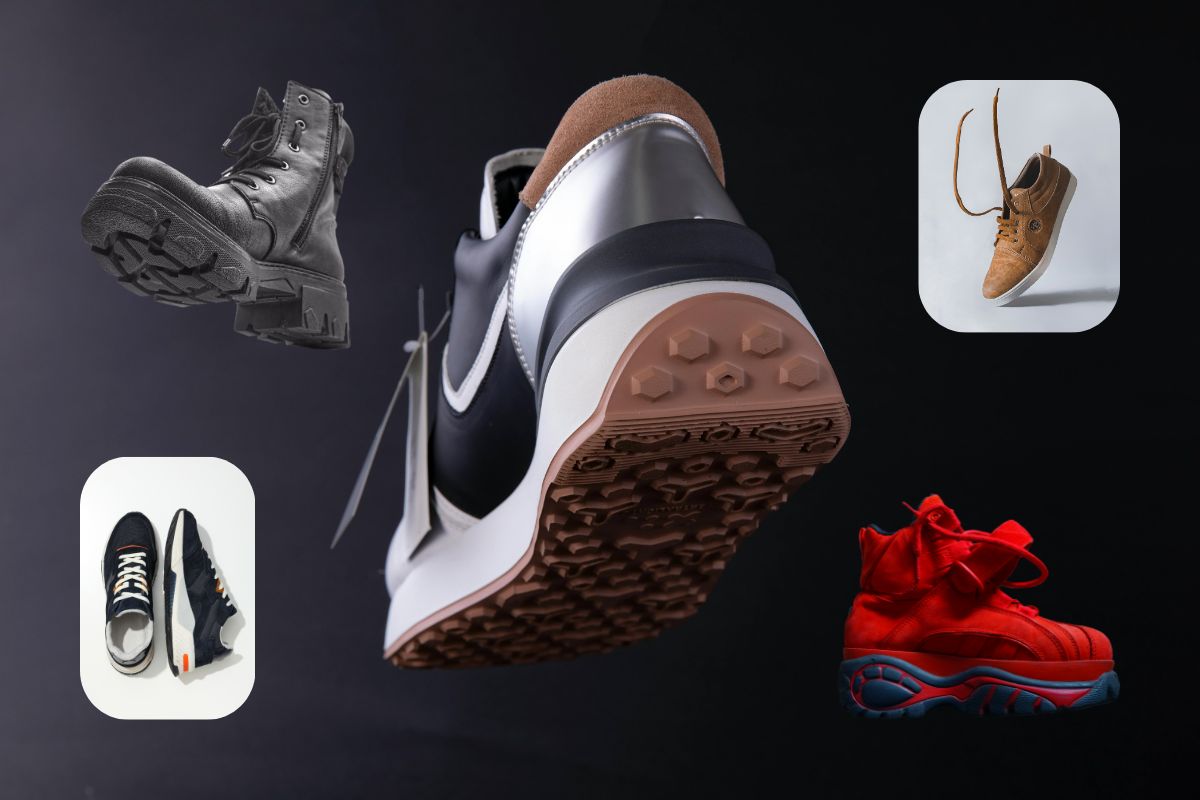
7 Footwear Retouching Details That Can Make or Break Your Photos
Ansu Man | May 8, 2025 | Categories: Retouching | 0 comments
In the highly competitive world of online fashion and footwear retail, every visual detail matters. While color correction and background cleanup are common first steps in footwear retouching, there are several aspects that often remain overlooked if not done professionally. Examples may include sole and edge refinement, and texture enhancement.
These subtle details significantly influence how clean, premium, and professional your footwear appears – especially in close-up views. E-commerce vendors will greatly benefit from these enhancements, which can help them see more buyers and more sales. Buyers can easily zoom product views to highlight specific details and see if they match their expectations.
Even after sales, if buyers feel the product doesn’t match online visuals, they will likely return the product. High return rates can easily offset the profit margin you might have expected. Clean edges and soles communicate product quality, craftmanship and care. Furthermore, manual intervention using pen tools, layer masks, and texture reconstruction becomes essential to ensure your product stands out in marketplaces.
In short, you are likely to see more sales and less returns when images are done professionally with an eye on specific details. Here are 7 critical footwear retouching details that every premium product image should display.
1. Sole Cleaning
Cleaning of dust and impurities is a standard step in product retouching. When it comes to footwear, you need to give special attention to often-overlooked areas, such as soles and edges.
Even a brand-new shoe can show microscopic dust, glue residue, or scuffs on the sole during handling or studio photography. These tiny imperfections can be amplified in HD images, leading to a perception of poor quality.
Manual retouching ensures these flaws are removed without losing sole texture.
2. Edge Correction
Footwear edges, especially around upper sole and heel, can appear frayed, jagged, or shadowy. Manual editing tools, such as clipping path, need meticulous efforts to ensure sharp and well-defined edge.
Masking, on the other hand, helps create a crisp product silhouette and uniformity across product lines. Professionals often use a combination of these manual tools to bring out the realistic yet highly-enhanced product images that are sure to help conversion.
3. Texture Enhancement
Overexposure and extreme lighting often wash out details during a photo shoot. Details, such as rubber or grooved soles, often help viewers make purchase decision.
Professionals use selective dodge and burn techniques to bring back texture without making the footwear look artificially dark or unrealistic. Texture enhancement also helps clearly see the quality of materials a product is made of.
4. Symmetry Restoration
Distorted or slanted shoes due to angle or lens issues are common. Precise retouching on edges and shapes – particularly on pointy heels, boots, or flats – ensures symmetry and avoids making the product look flawed or uncomfortable.
5. Shadow Softening
Cast shadow can look harsh or unnatural, particularly at edges between the shoe and its shadow. It becomes more prominent when backgrounds are replaced. Proper gradient blending is needed to ensure the shoe appears grounded and three-dimensional.
6. Branding Enhancement
Some luxury brands place subtle logos or engravings on areas like the sole of a shoe. These can fade under uneven lighting. Detailed footwear retouching can bring such branding elements into focus while preserving authenticity.
7. Material Realism
Different materials like suede, leather, canvas, or mesh reflect light differently. A professional retouching company must pay attention to material-specific rendering. This can help give a realistic touch to the processed image.
You don’t want to see a matte suede ending up with a glossy leather edge, right?